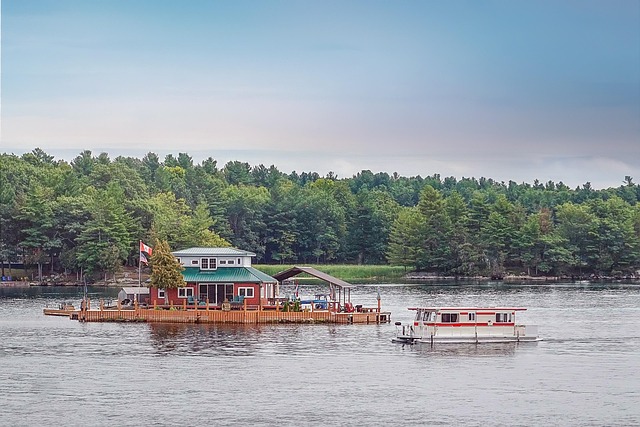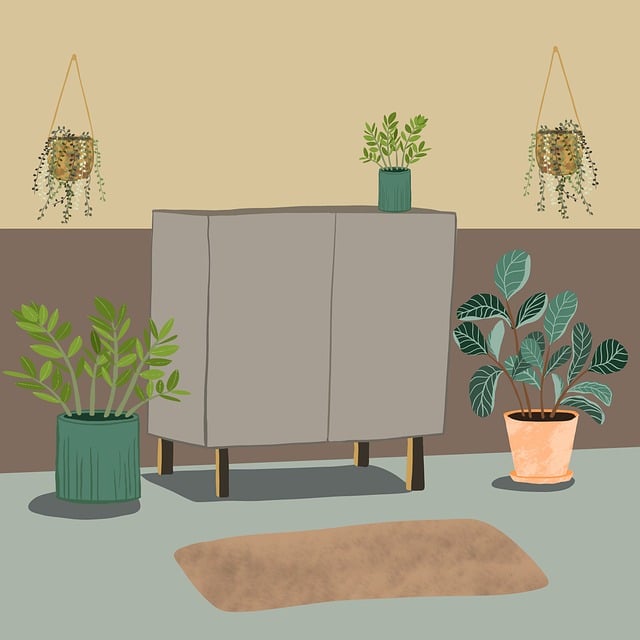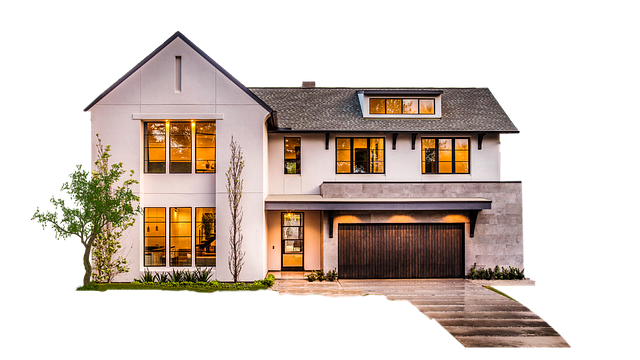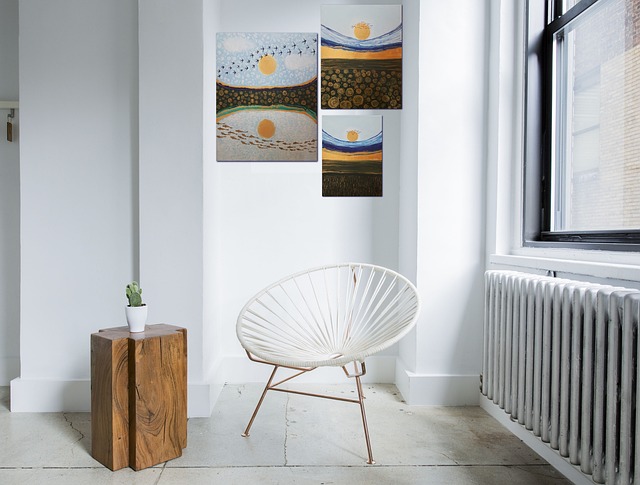In recent years, minimalism has emerged as a significant trend in the real estate market, with individuals opting for compact, thoughtfully designed homes that prioritize simplicity and functionality over excess space. This shift reflects a broader cultural move towards sustainability and reevaluating value. Modern minimalist homes feature open layouts, smart storage, maximized natural light, and outdoor living spaces, reshaping urban landscapes with aesthetically pleasing, low-maintenance housing options. Downsizing offers advantages for individuals and the environment, promoting a simpler lifestyle, reduced stress, lower maintenance costs, environmental sustainability, and efficient energy use.
In today’s evolving landscape of real estate, a significant shift towards minimalism is reshaping how we live. The appeal of downsizing and embracing a minimalist lifestyle extends far beyond aesthetic preferences—it offers practical benefits for both individuals and the environment. This article explores the rising trend of intentional living spaces, delving into the advantages for buyers and sellers, and providing design insights to create functional, aesthetically pleasing minimal homes, all while highlighting the impact on real estate markets.
The Rise of Minimalism in Real Estate
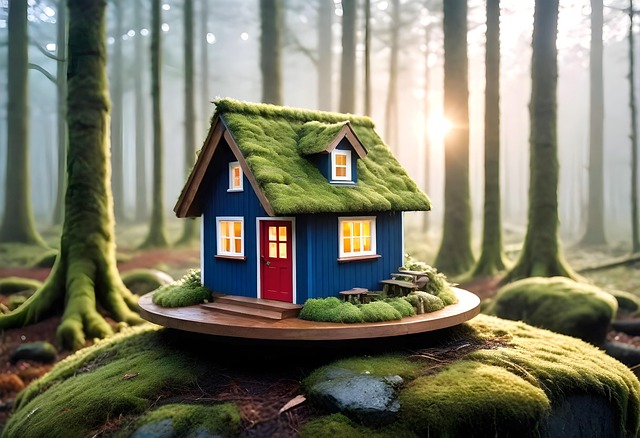
In recent years, there’s been a significant shift in lifestyle preferences, with minimalism emerging as a prominent trend. This movement extends beyond personal possessions and has now infiltrated the real estate market. Individuals are increasingly embracing smaller, more thoughtfully designed homes, prioritizing simplicity and functionality over excess space. This shift is not just about downsizing; it’s a conscious choice to live with intentionality, reducing clutter and increasing connectivity to one’s surroundings.
The rise of minimalism in real estate reflects a broader cultural movement towards sustainability and a reevaluation of what truly adds value to our lives. Modern homes are being designed with open layouts that foster social connections, smart storage solutions that maximize limited space, and an emphasis on natural light and outdoor living. This trend is reshaping urban landscapes, offering more compact yet aesthetically pleasing housing options that cater to those seeking a simpler, more mindful way of life.
– Exploring the growing trend towards smaller, more intentional living spaces
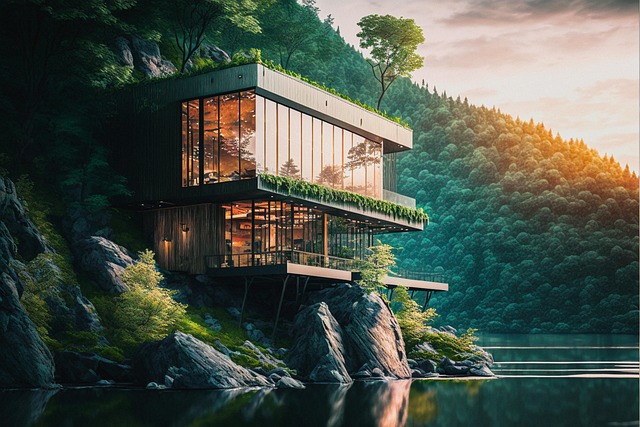
In today’s evolving landscape, there’s a noticeable shift in preferences towards downsized and minimalist living spaces, challenging the traditional notion of real estate as a status symbol. This growing trend is not merely about compact homes; it reflects a deeper desire for intentional living. Individuals are increasingly recognizing the value of minimalism—a conscious decision to simplify one’s surroundings, reducing clutter and focusing on what truly matters.
The appeal extends beyond aesthetic preferences; smaller living spaces often foster a sense of calm and promote a more mindful existence. In an era where busyness is the norm, many are seeking sanctuaries that encourage relaxation and simplicity. This shift in mindset, coupled with practical considerations like reduced maintenance costs and environmental sustainability, is driving the popularity of minimalism in real estate.
– How downsizing benefits both individuals and the environment

Downsizing to a smaller living space offers a myriad of benefits for individuals and the environment alike. For personal growth, it encourages a simpler lifestyle where focus shifts from material possessions to experiences and meaningful connections. This change can lead to reduced stress levels and improved mental well-being. In terms of Real Estate, downsizing contributes to a more sustainable and eco-friendly approach. Smaller homes require fewer resources for construction and maintenance, reducing the carbon footprint associated with the built environment. By embracing minimalism, individuals can also lower their energy consumption, as compact spaces often lead to more efficient use of utilities. This trend is not just a personal choice but a step towards a greener future, where resources are conserved and the impact on our planet is minimised.


